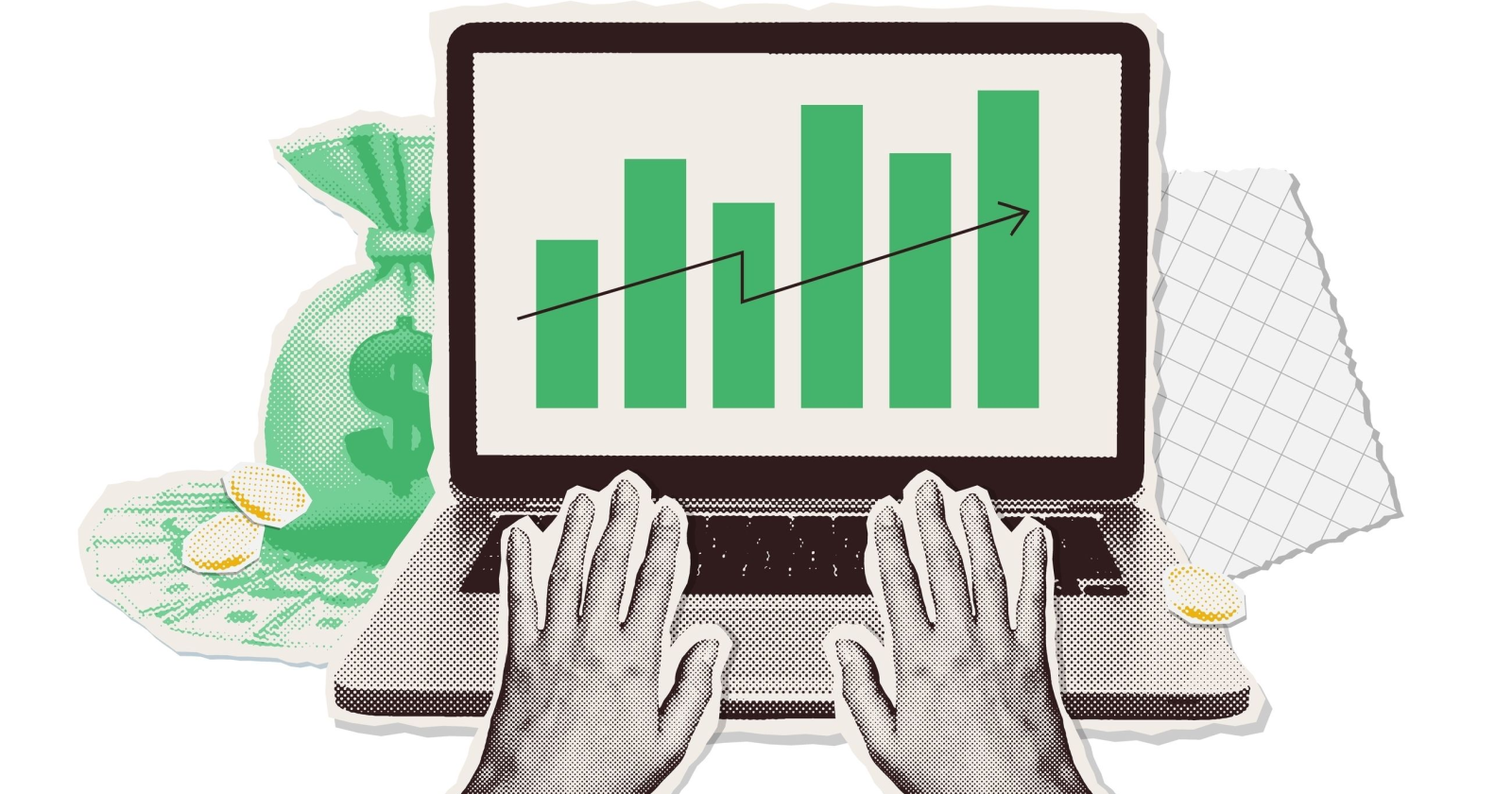This new Photoshop tool could bring AI magic to your images
Adobe has introduced a new AI tool to Photoshop that could revolutionize how you edit all your images. But will it be a potent misinformation weapon too?

These days, it seems like everyone and their dog is working artificial intelligence (AI) into their tech products, from ChatGPT in your web browser to click-and-drag image editing. The latest example is Adobe Photoshop, but this isn’t just another cookie-cutter quick fix — no, it could have a profound effect on imagery and image creators.
Photoshop’s newest feature is called Generative Fill, and it lets you use text prompts to automatically adjust areas of an image you are working on. This might let you add new features, adjust existing elements, or remove unwanted sections of the picture by typing your request into the app.
It appears to be pretty straightforward to use. Adobe’s demo video shows a user drawing a dotted marquee around a section of road in an image. Once the marquee box is created, a pop-up button appears titled Generative Fill. Clicking on this opens a text box where you can tell Photoshop what you want it to do. In the example, the user types “yellow road lines” and selects the Generate button. With that, Photoshop adds road markings into the scene.
Generative Fill can be used to expand an image’s proportions — for example, by converting a portrait shot into a landscape picture — and can then fill in the blank areas with new content. It can also remove people from a crowded city square, for example, or create a fantasy landscape with snowy mountains, lush forests, or mythical creatures.
Adobe says that Generative Fill “automatically matches perspective, lighting and style of images” to ensure its results feel natural and fit in with existing elements in your pictures.
Unlike Photoshop’s Content Aware Fill tool, Generative Fill allows you to specify exactly what you want to be added, removed, or tweaked, rather than simply relying on Photoshop to make the decision for you. It could mean you get much more creative control over the ways in which your images are manipulated.
Potential for misuse?
 Adobe
AdobeText-based AI tools are all the rage at the moment, and Photoshop’s latest feature could be a real boon for creatives and photographers. Yet it could also make it much easier to create fake images that go viral for all the wrong reasons, much like the doctored images of the Pope in a puffer jacket or Donald Trump in handcuffs.
Adobe has announced it will automatically add a metatag (called a Content Credential) to any AI-generated image labeling it as such, which it presumably hopes will help prevent images made with Generative Fill from being posted as genuine photos. But if people can simply strip out this metadata before posting an image, it might not do much good against AI-generated fake news.
Right now, that all remains to be seen. What is certain is that AI is revolutionizing the apps we use and the ways we interact with technology, and Photoshop’s Generative Fill looks to be a pretty stunning example of that.
Editors' Recommendations
Nvidia GPUs see massive price hike and huge demand from AI OpenAI’s new ChatGPT app is free for iPhone and iPad The best ChatGPT Chrome extensions to bring AI to your browser OpenAI’s new Shap-E tool is Dall-E for 3D objects Steve Wozniak warns AI will make scams even more convincing
In ancient times, people like Alex would have been shunned for their nerdy ways and strange opinions on cheese. Today, he…
Protect public from AI risks, White House tells tech giants
At a meeting of prominent tech leaders at the White House on Thursday, vice president Kamala Harris reminded attendees that they have an “ethical, moral, and legal responsibility to ensure the safety and security” of the new wave of generative AI tools that have gained huge attention in recent months.
The meeting is part of a wider effort to engage with advocates, companies, researchers, civil rights organizations, not-for-profit organizations, communities, international partners, and others on important AI issues, the White House said.
AI could replace around 7,800 jobs at IBM as part of a hiring pause
A valid concern that is often brought up in the discourse surrounding AI and automation is the prospect that many jobs could disappear due to being replaced by the new technology. And the latest example of this is the recent news that IBM may include the use of AI and automation in its plans to pause hiring for certain roles within the company.
Bloomberg has reported that among IBM's plans for a hiring pause for certain "back-office functions," IBM could replace approximately 7,800 jobs with AI and automation over a span of five years.
Microsoft has a new way to keep ChatGPT ethical, but will it work?
Microsoft caught a lot of flak when it shut down its artificial intelligence (AI) Ethics & Society team in March 2023. It wasn’t a good look given the near-simultaneous scandals engulfing AI, but the company has just laid out how it intends to keep its future efforts responsible and in check going forward.
In a post on Microsoft’s On the Issues blog, Natasha Crampton -- the Redmond firm’s Chief Responsible AI Officer -- explained that the ethics team was disbanded because “A single team or a single discipline tasked with responsible or ethical AI was not going to meet our objectives.”

 Konoly
Konoly 


































